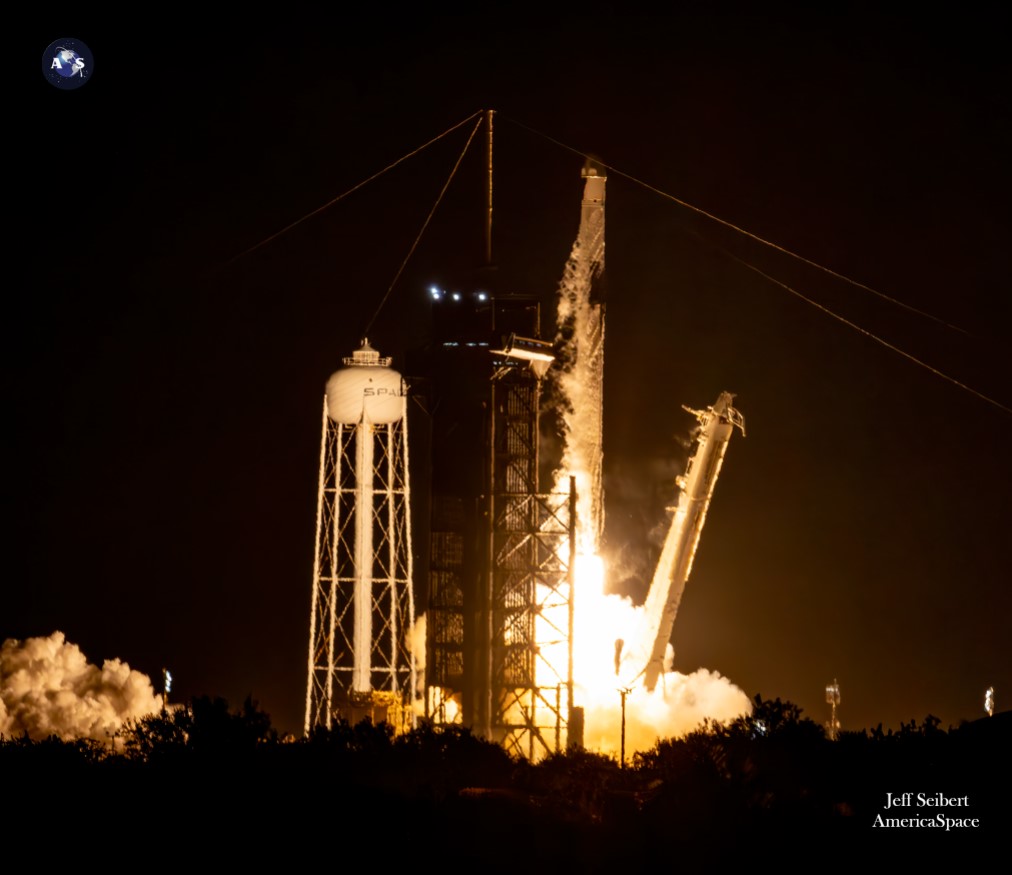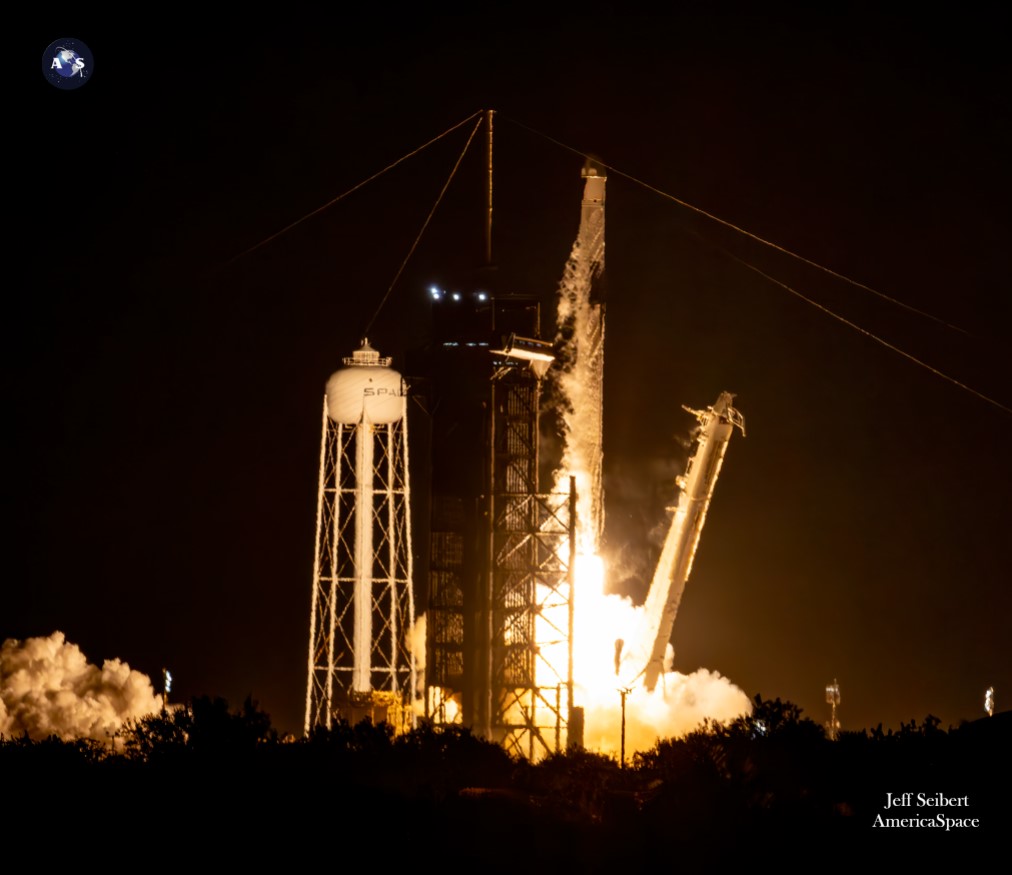
SpaceX launched its 11th mission in less than a month on Thursday night following a spectacular victory. Falcon 9 booster used twice from Historic Pad 39A at Florida’s Kennedy Space Center (KSC). B1081 Core, which entered service at the end of August to launch the Dragon Endeavour and her Crew-7 quartet Nassau’s Jasmine Mogbeli, European Space Agency (ESA) Danish astronaut Andreas Mogensen, Japan’s Satoshi Furukawa and Russian cosmonaut Konstantin Borisov lifted off in darkness at 8:28 a.m., beginning a remarkable 32-hour, 22-hour mission. before autonomously docking with the International Space Station (ISS) early Saturday.
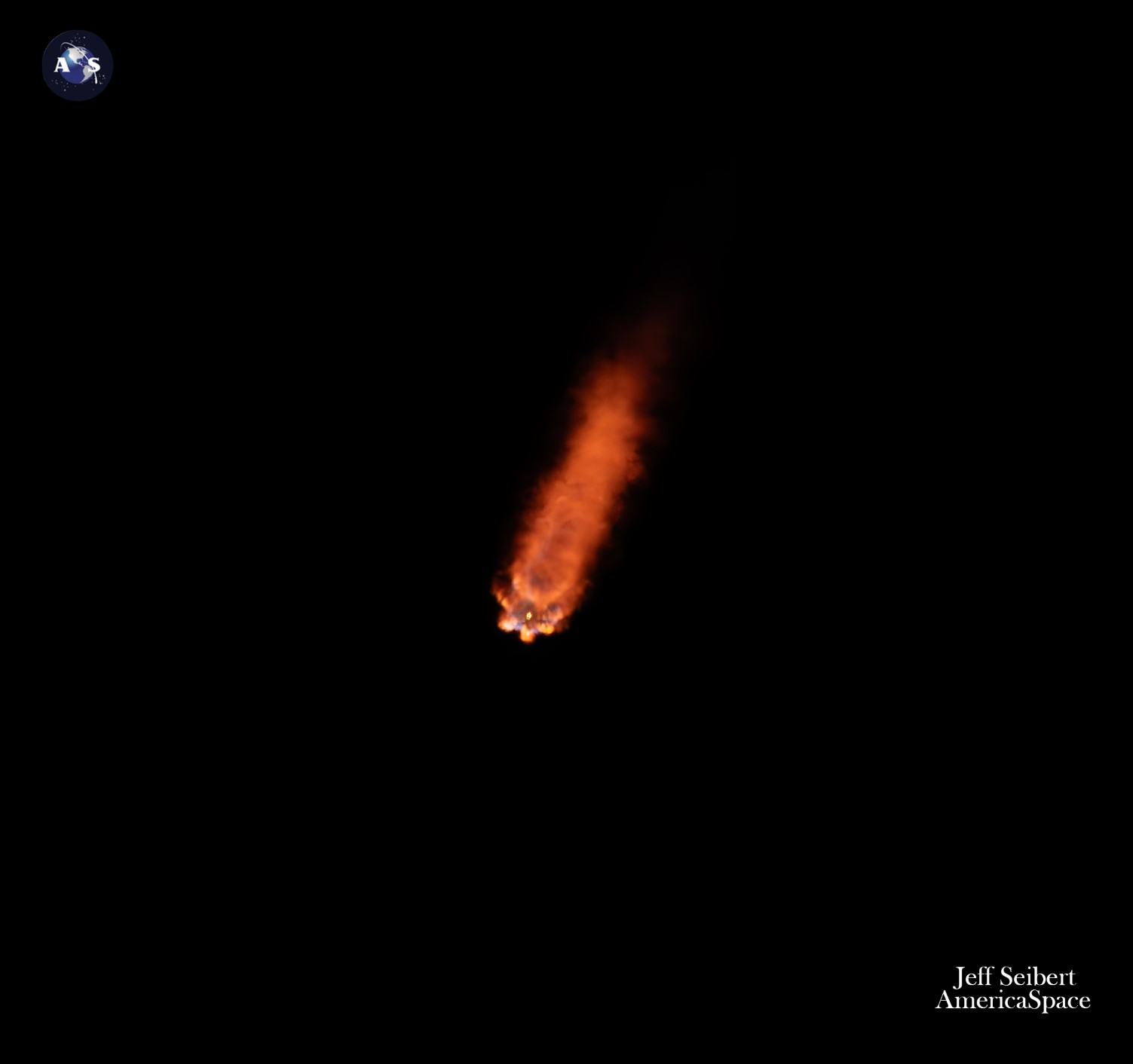

Delayed since early November due to need to track load related issues, complete Pad 39A reconfiguration. Following last month’s launch of the Falcon Heavy with Psyche deep space mission And the recent surge of Liquid Draco, which needed replacement, proved attractive with 95-percent acceptable weather Thursday, posing little risk of violating the Cumulus Cloud Rule. Conditions on the Space Coast promised “mostly sunny skies and dry weather” throughout the day, with little risk of coastal rain and no thick clouds after nightfall.
Last night’s mission was SpaceX’s 11th flight in a month, making nine flights of 200 Starlink low-orbiting communications satellites. from Space Launch Complex (SLC)-40 at Cape Canaveral Space Force Station, Fla., and Space Launch Complex (SLC)-4E at Vandenberg Space Force Base, California, beginning October 9, as well as Psyche and CRS-29. Overall this year, the Hawthorne, Calif. The headquarters of the launch services company averaged a flight every 3.88 days, a significant increase. On the 2022 record Mission every 5.9 days.
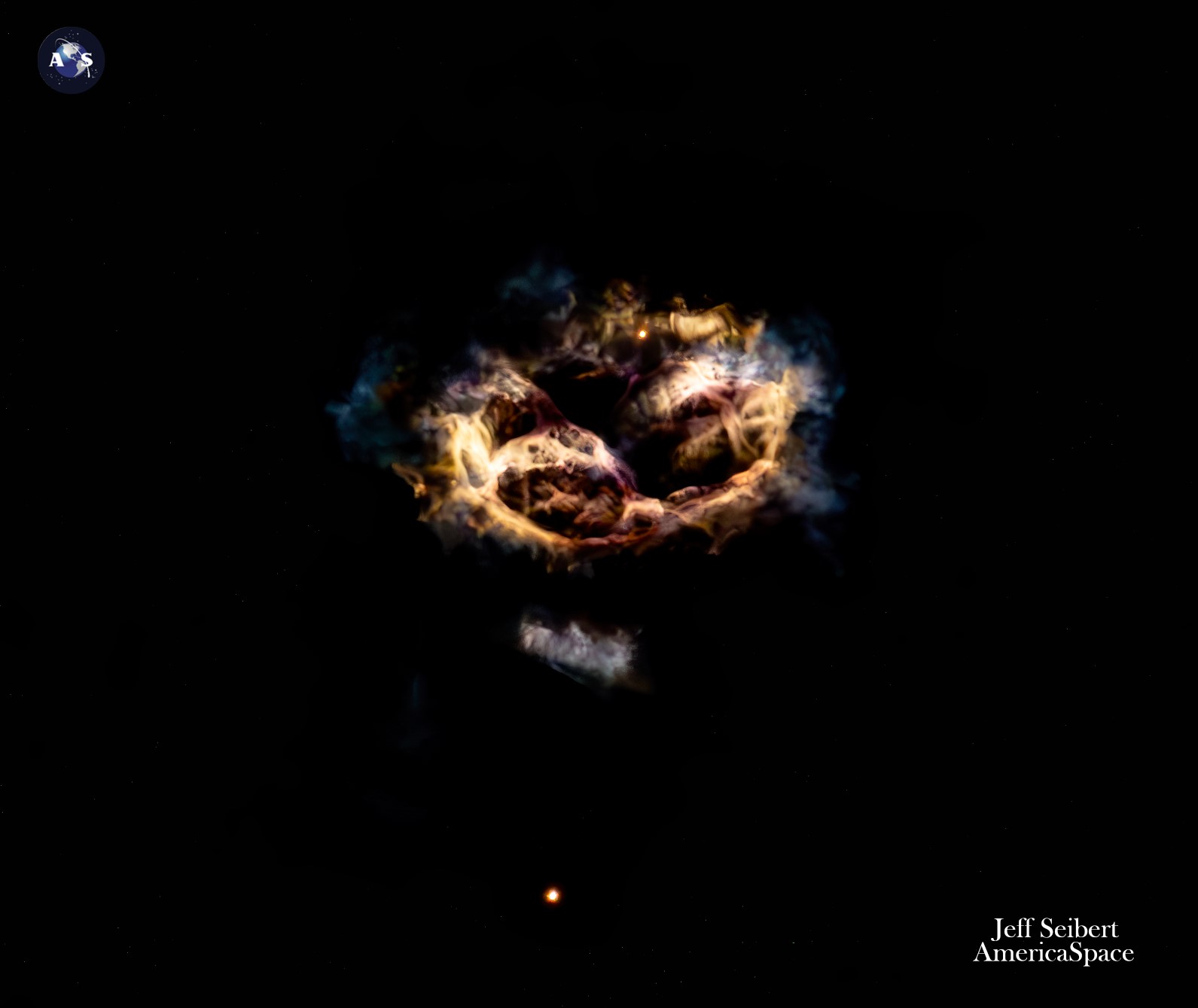

The main payload for last night’s mission is CRS-29, Cargo Dragon’s latest commercial delivery service mission to the space station. Like B1081, the spacecraft itself—designated “C211”—is making its second flight. The month-long CRS-26 cargo mission last summer.
After liftoff, B1081’s nine Merlin 1D+ engines propel the Falcon 9 up the stack for the opening 2.5 minutes, before separating and landing at Landing Zone (LZ)-1 at Cape Canaveral Space Force Station, Fla. This was an encouraging second “ground” landing, but the first time the cargo Dragon carrier Falcon 9 returned to the surface. terra firma.
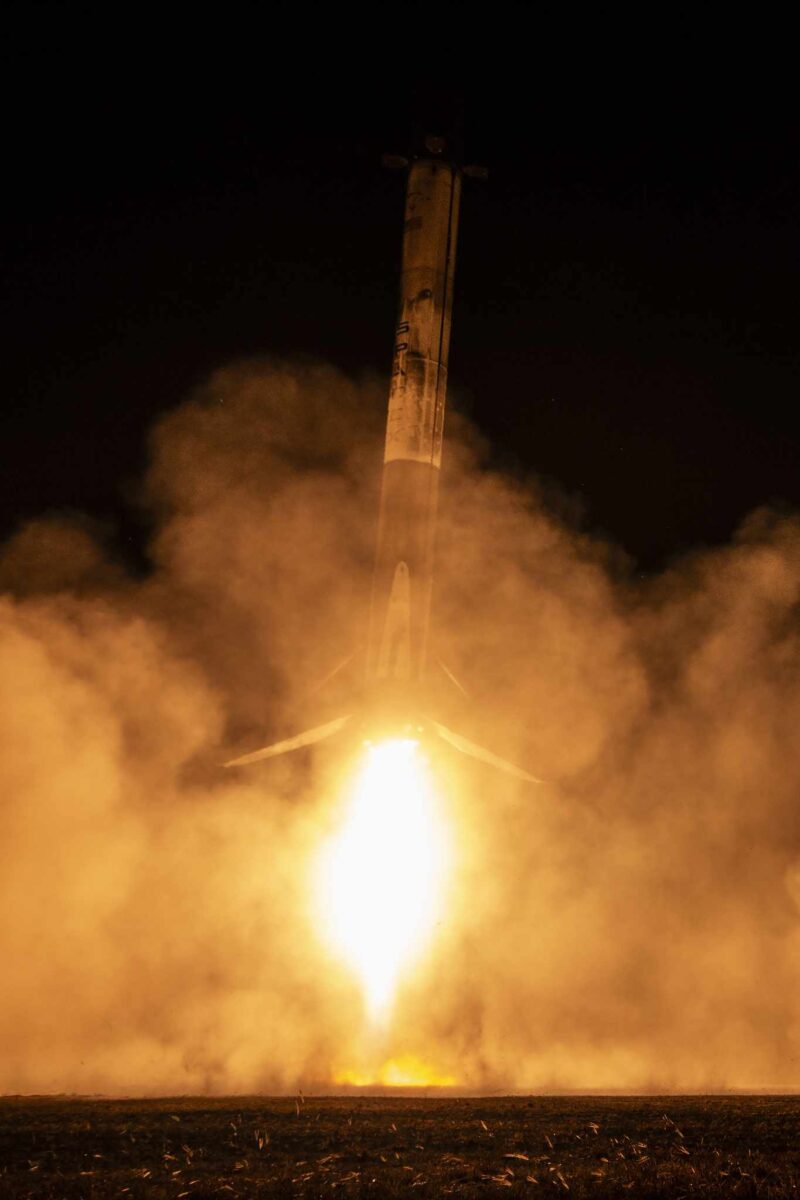

Falcon 9’s second stage then performed a typical six-minute “burn” with a single Merlin 1D+ vacuum engine, shutting down at 8.5 minutes after launch. The Cargo Dragon separated from the stack at 11 minutes 46 minutes, with the nose cone opening a minute or so later, exposing the crash and tracking sensors and appendages.
A 32-hour, 22-orbit rendezvous profile ahead will bring CRS-29 into automated docking at the station’s Harmony Junction port around 5:20 a.m. EST Saturday. Tracking the cargo ship’s course and dock from the multi-windowed cupola will be Expedition 70’s Jasmin Moghbeli and Loral O’Hara.
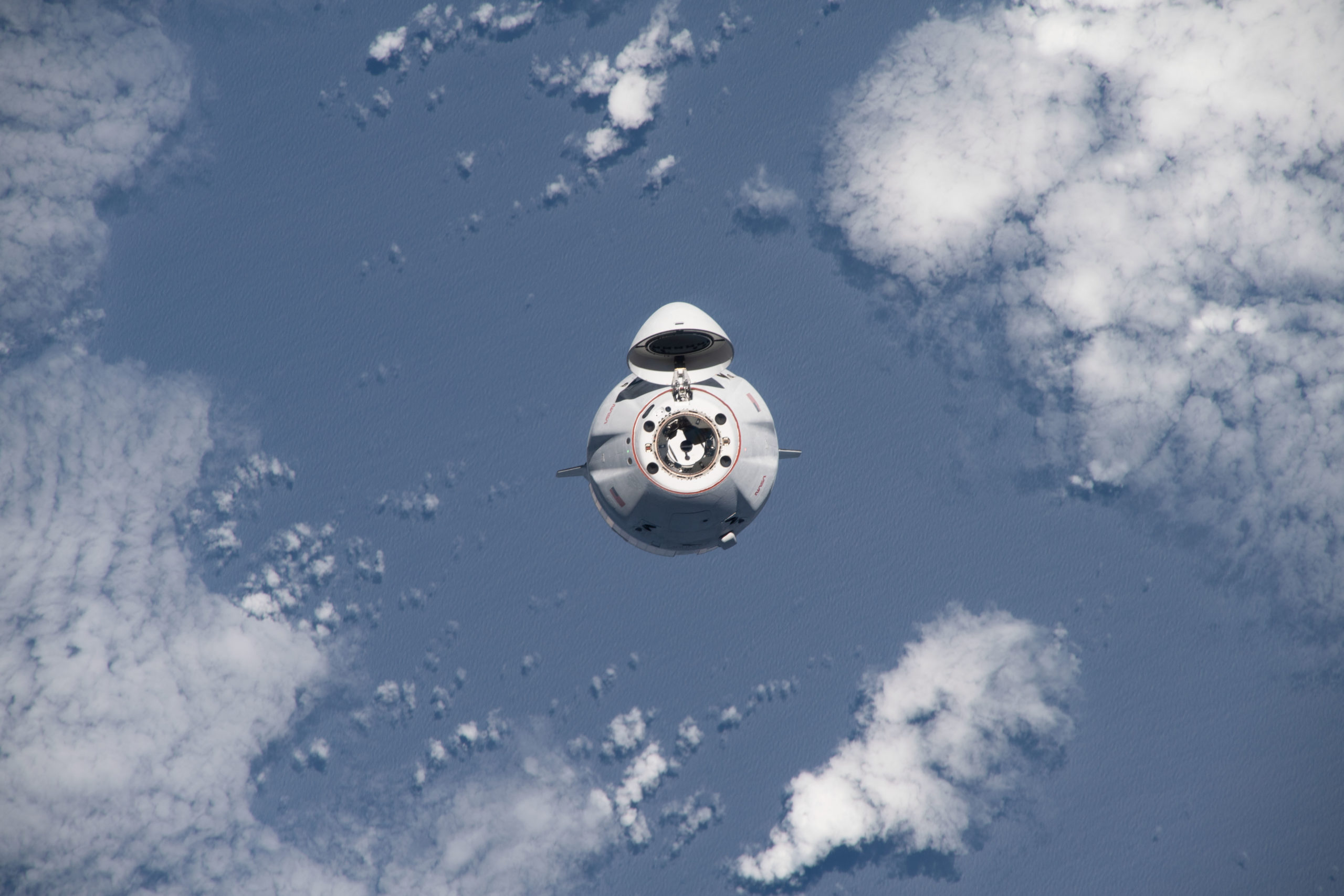

CRS-29 is bringing a 6,505 lb (2,950 kg) payload to the station. This figure includes 1,501 pounds (681 kg) of crew supplies, 2,231 pounds (1,012 kg) of science probes, 106 pounds (48 kg) of extravehicular activity (EVA) equipment, 1,082 pounds (491 kg) of vehicle hardware, and 101 pounds (101 pounds) 46 kg) computer resources.
The payload route is controlled by NASA’s Atmospheric Wave Experiment (AWE), which is managed by the Science Mission Directorate (SMD) at the Goddard Space Flight Center (GSFC) in Greenbelt, Md., at the agency’s Washington, D.C. headquarters. The $42 million experiment will be robotically operated at Express Logistics Service Provider Site 3 (ELC)-1 on the far port side of the station’s Integrated Truss Structure (ITS) and will spend two years probing atmospheric gravity waves to better understand energy. They flow through our planet’s upper atmosphere and into space.
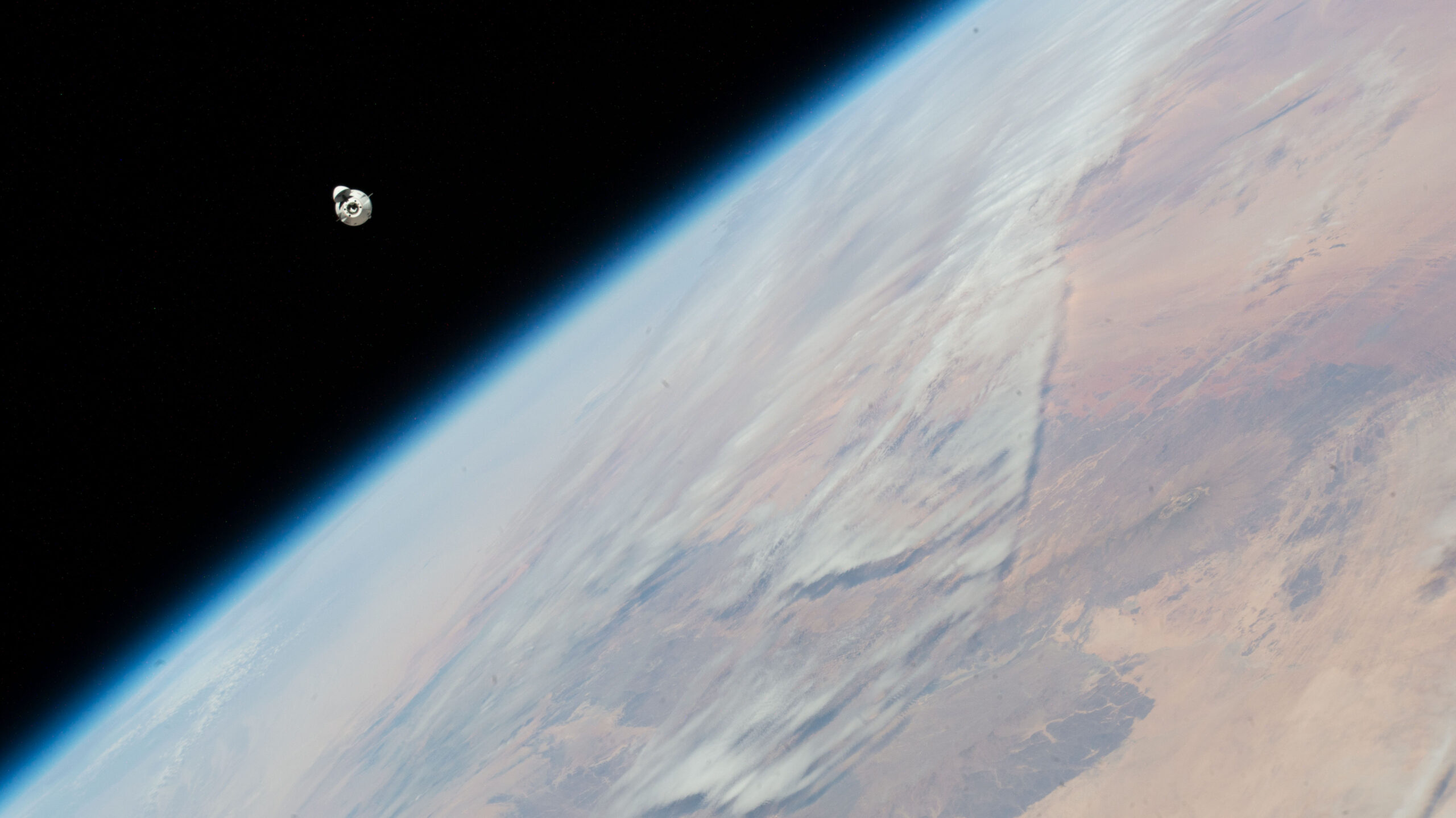

“Gravity waves in the atmosphere are one mechanism for transporting energy and momentum in the climate system and play a role in determining climate and its evolution,” said AWE co-principal investigator Jeff Forbes of the University of Colorado at Boulder. “This is an important step in understanding atmospheric currents and their contribution to near-Earth space weather.”
AWE uses a single instrument, the 128-pound (58-kilogram) Advanced Mesospheric Temperature Mapper (AMTM), to capture wide-field-of-view (90-degree) infrared night images at a rate of every second. This allows AMTM to produce high-resolution temperature maps of atmospheric gravity waves at altitudes of 30 miles (50 km) to 300 miles (500 km) — the “ionosphere-thermosphere-mesosphere region” — before they penetrate close to Earth. space environment.
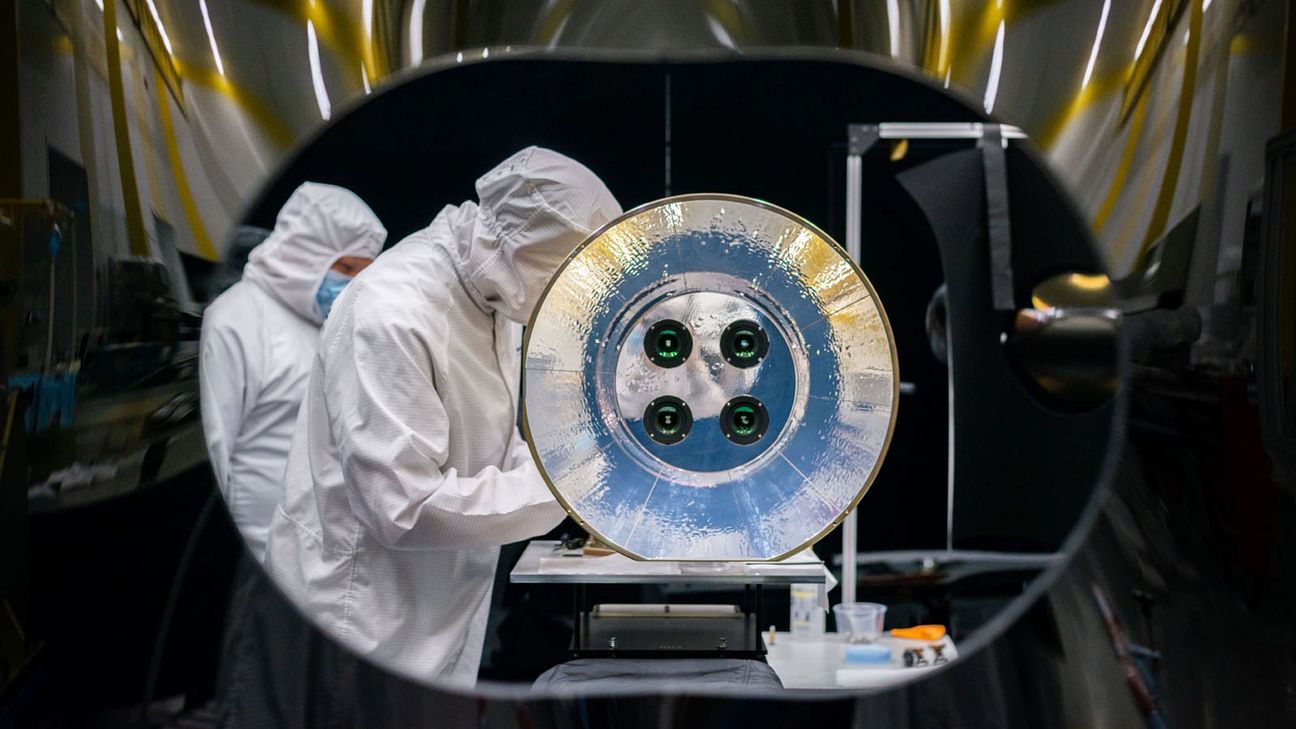

“Banking, navigation, weather forecasting and many other applications served by satellites, as well as human space missions, can be affected by space weather,” said Michael Taylor, AWE principal investigator at Utah State University. “AWE will provide scientists with vital information to better understand the physics and properties of atmospheric gravity waves in Earth’s upper mesosphere and ionosphere, near the onset of space weather.”
AWE is selected for development In February 2019 And it has been confirmed to be implemented by NASA In January 2021. Original plans for an August 2022 flight to the ISS were leaked on the manifest and included electromagnetic, vibration, thermal vacuum and calibration tests. earlier this year. The device has received its flight-safety certification. In SeptemberBefore sending to KSC.
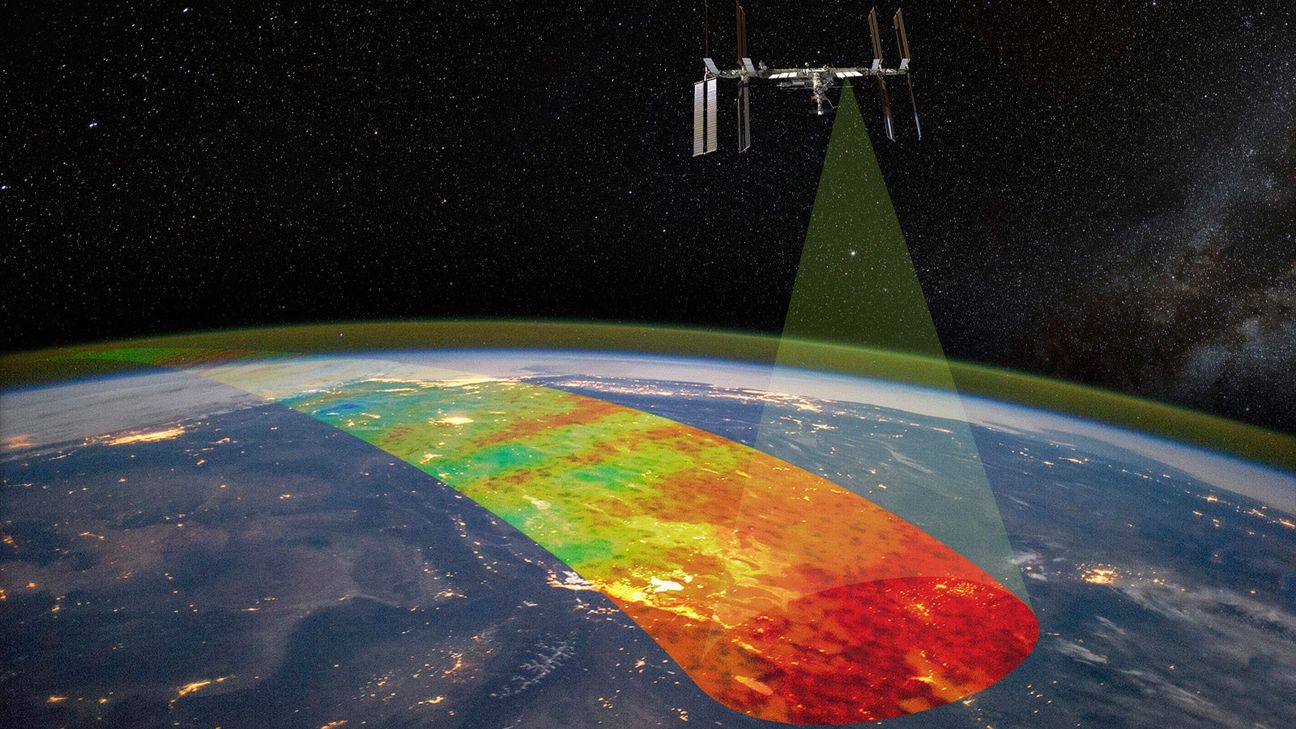

Also on CRS-29 is NASA’s refrigerator-sized Integrated Laser Communications Relay Demonstration Low-Earth-Orbit User Modem and Amplifier Terminal (ILLUMA-T), which is intended to test high-data-rate laser communications between the ISS and ground stations. Geosynchronous-Orbiting Laser Communications Relay Display (LCRD) on United Launch Alliance (ULA) Atlas V In December 2021 On the Space Experiment Program (STP)-3 mission. Together, ILLUMA-T and LCRD complete NASA’s first-ever two-way end-to-end laser communications system.
The ILLUMA-T terminal will be robotically mounted on the Exposed Facility (EF) at Japan’s Kibo Laboratory and will transmit high-resolution image and video data at a speed of 1.2 gigabits per second to the LCRD system, which will transmit the data to the LCRD. Optical ground stations in Haleakala, Hawaii and Table Mountain, Calif.
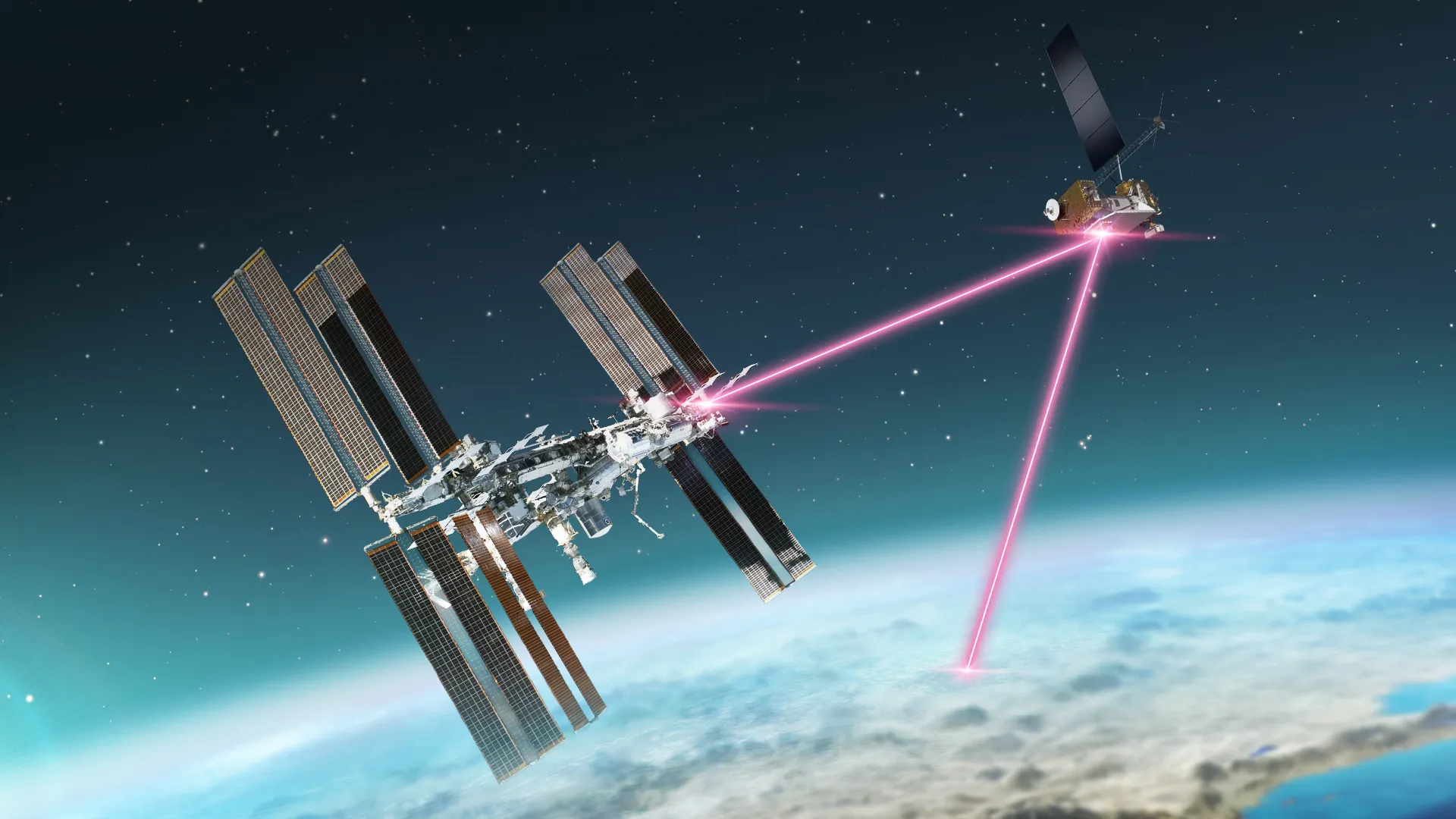

Oranges, apples, cherry tomatoes and carrots, a couple of special cheese kits and Thanksgiving and Christmas treats, including chocolate, pumpkin spiced cappuccino, rice cakes, turkey, duck, quail are the foods going uphill for the Exhibit 70 crew. Seafood, cranberry sauce, mochi, homies, salsa and olives.
Current plans call for CRS-29 to remain on the ISS for about a month, with a departure from early December to mid-December, for a parachute-assisted landing off the coast of Florida. Returning home will be about 3,800 pounds (1,700 kg) of cargo for repairs and restoration. Advanced Plant Habitat (APH) monitoring system.

